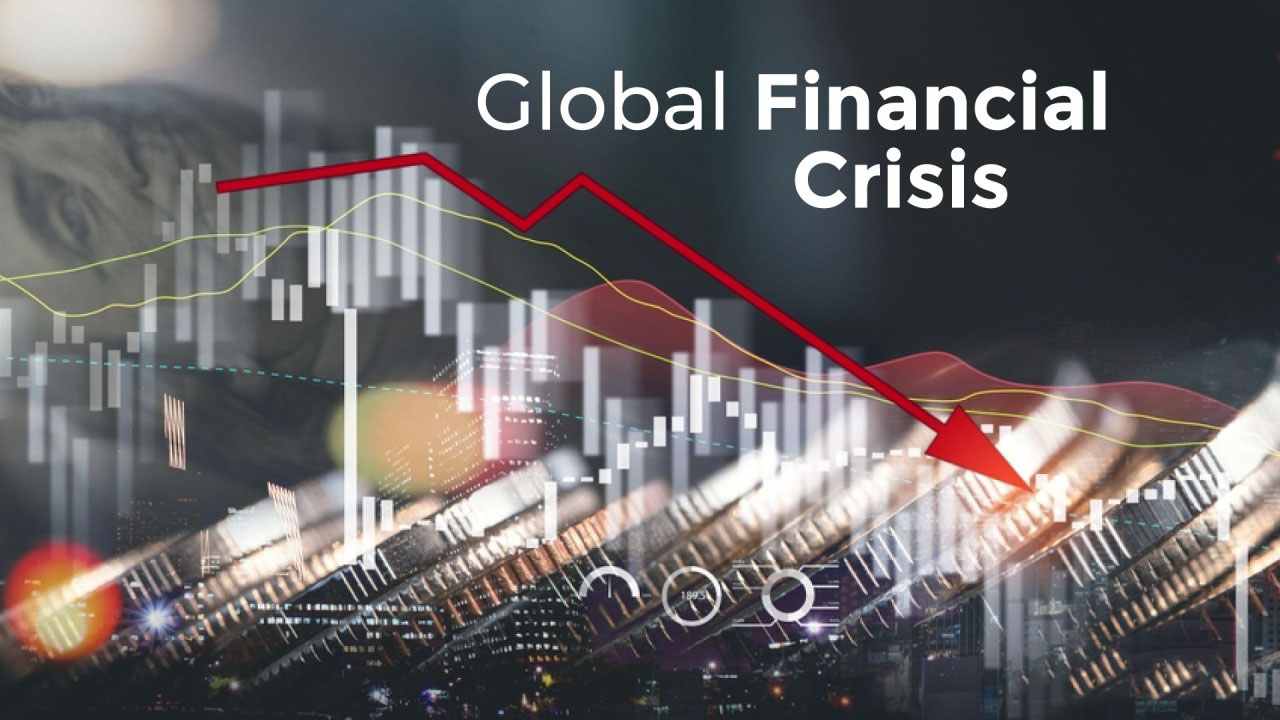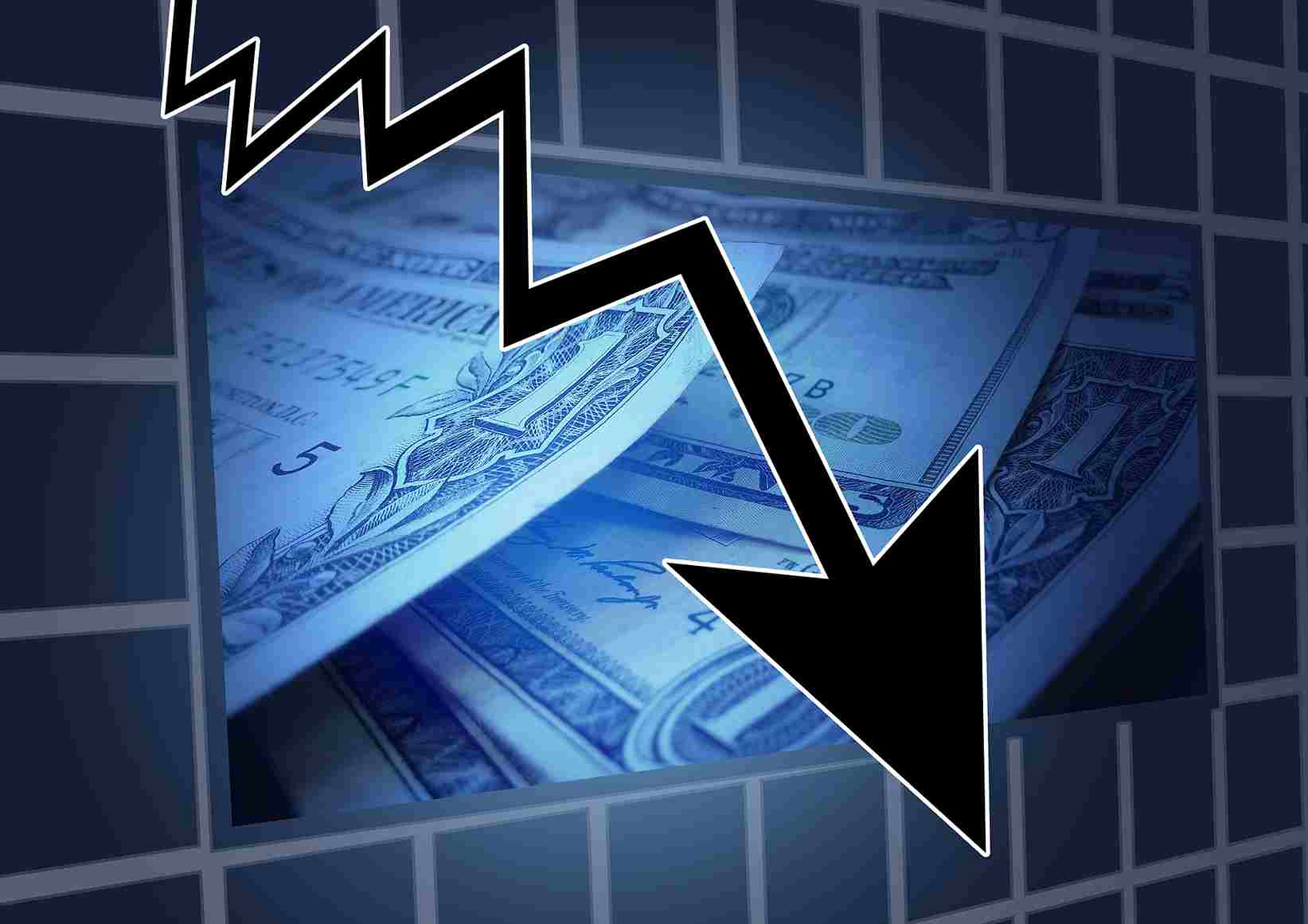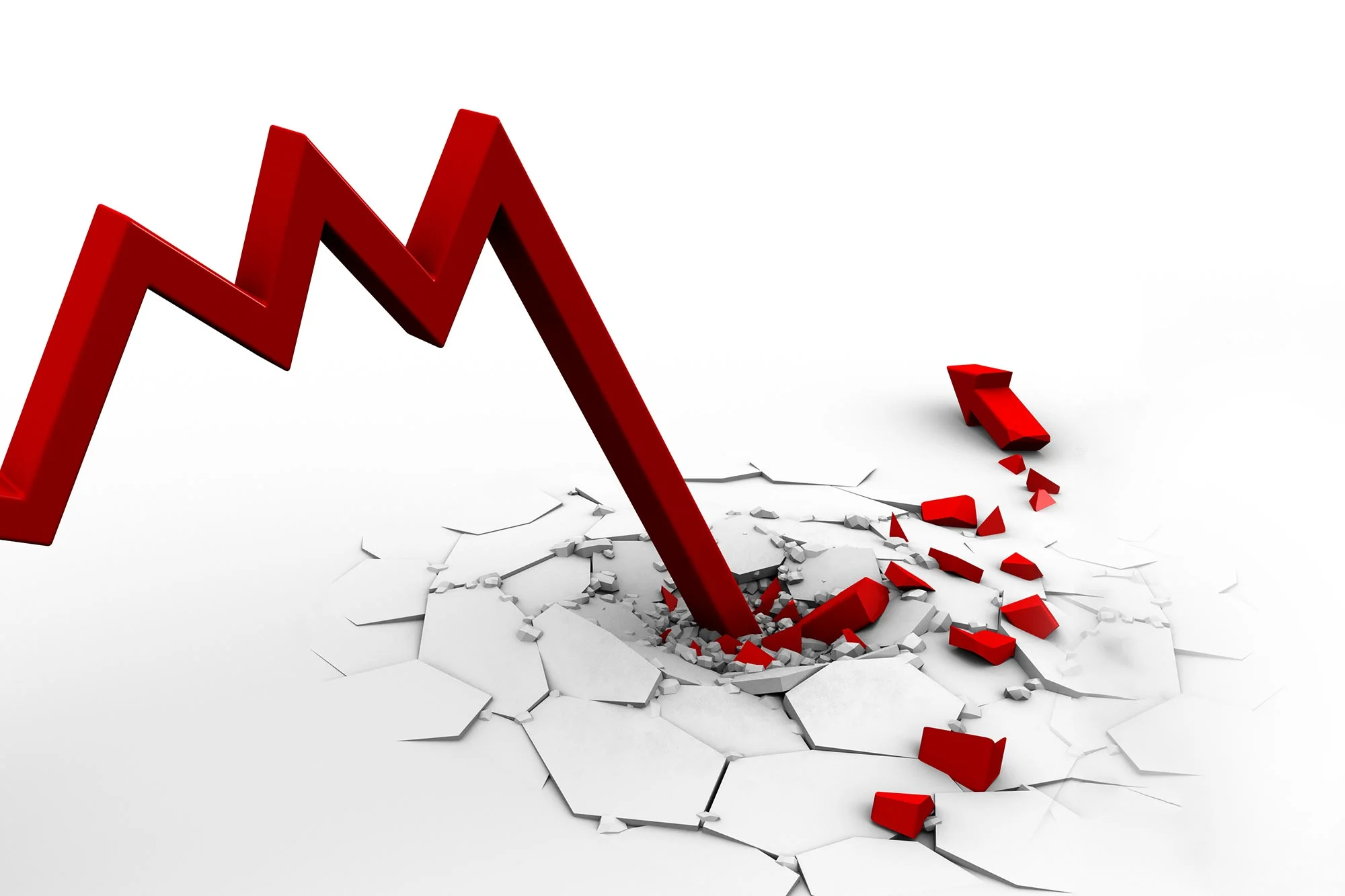Today, we’re diving headfirst into murky waters. The world’s money scene is in a spin. Banks are troubled, and your wallet feels it. We need to talk about what’s going on. Markets are shaky, folks everywhere fear a big downturn, and it’s time to weigh in on this chaos. Let’s figure out together what to make of the Latest Developments in Global Financial Crisis. Hang tight as we unwrap the 2023 financial mess, pinpoint why economies might crash, and look at how big money movers are reacting. This isn’t just news – it’s your guide to making sense of these wild economic rides.
Understanding the Current Global Economic Downturn
Analyzing the 2023 Financial Market Instability
The year 2023 kicked off with a shaky start for financial markets. Stock prices have seen big swings, often in response to fresh data or news. Investors are nervous, and it shows in the rapid jumps and dips in the markets day to day. This makes it tough for regular folks to know when to save, spend, or invest their cash.
What causes these swift changes in the financial markets? Many factors play a role. Central banks across various countries are changing interest rates, which affects how much it costs to borrow money. Big events, such as changes in politics or natural disasters, can also make the markets move. Companies enter tough times or new laws come out, making stocks go up or down.
Identifying Global Recession Risk Factors
Now, let’s talk about global recession risks. A “recession” is a time when the economy is shrinking and not growing. This can happen for many reasons. Right now, one big worry is the amount of money governments owe. Countries that have borrowed a lot may struggle to pay it back. Then there are sanctions, which are penalties one country may impose on another, often hurting the economy.
Other things that raise a red flag include jobs or the lack of them. When too many people can’t find work, it shows the economy is weak. There are also signs we need to watch, like the cost of living going up, or when it costs more to buy the things we need every day. Another point to consider is how well the banks are doing, as they’re the heart of our financial system. When they have problems, it often spreads.
Central banks, which are like the economy’s guardians, are trying their best to steer us through these troubled waters. They’re coming up with plans and taking measures to help keep things stable. One big step is adjusting how much it costs to borrow money. If it’s high, people tend to borrow less and save more, which can help slow down an overheated economy. But if it’s low, it can inspire businesses to grow and hire, which boosts the economy.
In this changing world, we’ve got to stay on our toes and be smart about our money. We need to know the risks out there and how we might be affected. Even though it’s tricky, by keeping an eye on the news and understanding what’s happening in the financial world, we can make better choices, and maybe even come out ahead.
Central Banks and Fiscal Responses to Economic Challenges
The Role of Emergency Economic Measures
When money gets tight and markets shake, central banks step in like superheroes. They cut rates, making borrowing cheaper to spark life into economies. They also buy stuff, like bonds, to pump money into the system. This is called “quantitative easing.” It’s like a money rain dance, aiming to make people spend and invest more.
Central banks wield another tool – emergency lending. This helps keep banks afloat when they hit rough seas. It’s like throwing a lifebuoy to someone struggling to swim. Without these moves, bad days could turn into total nightmares – think long lines at job centers, empty wallets, and businesses locking doors for good.
Now, you might wonder, “Do these emergency steps really work?” Well, during the 2008 crisis, they helped dodge a complete meltdown. In 2020, with COVID-19 hitting the pause button on life, they kept the economic boat from sinking. In simple terms, yes – they can be lifesavers.
Government Debt Crisis and Central Banks’ Strategies
Picture a friend who’s maxed out all their cards and still owes you lunch money – that’s pretty much how a government debt crisis starts. Countries borrow loads to spend on public stuff like roads, schools, and to pay people like nurses. But if they borrow too much, things get shaky. They might struggle to pay back or borrow more, growing debt like an out-of-control weed.
This is where central banks strut in. They might buy government debt or cut interest rates to make borrowing cheaper. Sometimes, they just print more money, though this is tricky – too much can make each buck in your pocket buy less than before, a nasty side effect called inflation.
Central banks aim for a Goldilocks scenario – not too hot on inflation, not too cold on growth. It’s a balancing act, helping governments without tipping the scales too much. When done right, we can nudge through tough times without tumbling headfirst into the thick mud of a full-blown crisis.
Remember, the main plan with all these moves is to keep money moving. When cash flows easy, jobs grow, and markets stay calm. We need to fix roofs before the storm hits, and that’s what good fiscal policy and central bank smarts are all about. They work hard to ensure we all have a shot at a bit of the economic pie. Tough choices? Sure, but it’s all about keeping our economic ship steady as she goes.
Analyzing Financial Markets and Currency Dynamics
Stock Market Volatility Trends in 2023
This year, stock markets have been like roller coasters. Many ask: why so choppy? Market swings often come from fear about the economy. People worry about the global economic downturn in 2023. Banks around the world have reacted. They’ve changed how they lend money. This affects businesses large and small.
Stock market volatility in 2023 has been a big deal. It affects your savings and mine. When stocks go up and down, our investment values do too. That’s why keeping an eye on these trends can help us make smart money moves. We’ve seen financial market instability before. But this year, it’s tied to things like government debt and how much stuff costs.
The Ripple Effects of Currency Devaluation
When money loses value, we call it currency devaluation. This hits hard for all of us. Why? Because it can make things we buy from other countries cost more. But it’s not just about shopping. It messes with entire economies too. That’s because loans and trades don’t match their old values anymore.
Currency devaluation impact reaches far. It can lead to less trust in money. Then, countries might not want to do business together. This can mean more people without jobs. Prices for food and gas can bounce around as well. So, when our money is worth less, it can shake up a lot of things.
Taking a close look at why currencies fall is key. It shows us what might happen next. Sometimes, it’s because countries are in too much debt. Other times, it could be due to people losing faith in their economy. Central banks try to step in. They work to fix these issues by changing their money rules.
In tough times, we all look for ways to keep our cash safe. We want to stop our savings from losing power. We might change what our investments look like. Or we find ways to protect our money from big swings.
So, understanding stock market ups and downs is important. Just as important is knowing how money value changes. They’re signs of a healthy or sick economy. And they guide what we do with our own money.
Remember, a lot is going on in the world of cash and coins. Watching these trends helps us plan for the future. It’s like having a map in the world of money. It isn’t always easy to follow. But it sure helps to know the way.
That’s the lowdown on what’s been shaking financial worlds and wallets. Next up, I’ll keep an eye on how these changes might touch you. Stay tuned, because this is all about helping you face these wavy times with confidence.
The Socio-Economic Impact of Recent Global Events
Labor Market Realities: Unemployment Rates Worldwide Post-COVID-19
Jobs fell fast when the virus hit. Now, they’re coming back, but not everywhere or for everyone. Rich countries are doing better at getting jobs back, but poor places still struggle. People want work, but the world is uneven. Not everyone’s chances are the same. It’s tough for some folks to find jobs again. Workers with less education or from small towns often find it harder. And young people just starting out also face big challenges.
Inflation Trends and Their Global Implications
The cost of living’s on the rise. Almost everywhere you look, prices are going up. For you and me, this means we need more money to buy the same things. Countries are trying to fix this. They make their own money worth less to help their products sell abroad. But, when one country does this, it can cause problems in another. You see, our world’s economy is tied together. So, when the price to live goes up in one place, it affects people far away. This can make it rough for families to plan and save.
The reasons why prices go up can get tricky. Sometimes, it’s because of things we need, like oil, costing more. Other times, it’s because there’s too much money going around. Central banks can help by making borrowing more expensive. This slows down how much money people spend. Yet, this fix isn’t perfect. It can make it harder for folks to buy houses or start businesses. And that’s a big deal.
Looking at it all, job rates and high costs are serious stuff. They can make life uncertain and scare away people who have money to spend. This can make it hard for businesses to grow and make new jobs. We need smart plans from leaders to help manage these tough times. If done right, we can get back on track and make life better for everyone, no matter where they live.
We dove deep into 2023’s shaky financial situation, spotlighting risks that could lead to a global recession. We unraveled the tough steps central banks take and looked at how governments tackle money woes. Our journey through the markets showed us the ups and downs of stocks and the wide impact of money losing value. We didn’t shy away from the hard truths of job markets struggling to bounce back and prices that keep climbing.
So, what’s my final take? We’re in a tight spot, but understanding these twists and turns helps us get ready for what’s next. Stay sharp and keep learning; that’s our best move in these wild economic times. Keep an eye on your money, make smart choices, and let’s ride out this storm together.
Q&A :
What are the current updates on the global financial crisis?
With the global financial structure constantly evolving, the latest developments can include new government policies aimed at financial stability, shifts in global markets, or updates from key financial institutions. Tracking reliable news sources and financial market analysis reports are essential for the most recent information.
How are world economies recovering from the global financial crisis?
Recovery efforts vary widely among world economies, often involving stimulus packages, monetary policy adjustments, and banking system overhauls. The pace and effectiveness of these efforts can be influenced by multiple factors, including domestic economic conditions and international trade relations.
What measures are being taken to prevent future financial crises?
Regulatory bodies and governments worldwide are implementing stricter financial regulations, increasing transparency, and promoting responsible lending practices. The Basel III accord, for example, sets more stringent capital requirements for banks to fortify the financial system against future shocks.
Can digital currency impact the global financial crisis?
Digital currencies and blockchain technology present opportunities and challenges in the current financial climate. Their influence can affect payment systems, remittances, and banking practices, potentially offering more resilient financial infrastructure or contributing to market volatility.
What role do international organizations play in managing the financial crisis?
International organizations such as the International Monetary Fund (IMF) and the World Bank play a significant role in managing financial crises. They provide financial support, policy advice, and technical assistance to countries in need, fostering global monetary cooperation and stability.






